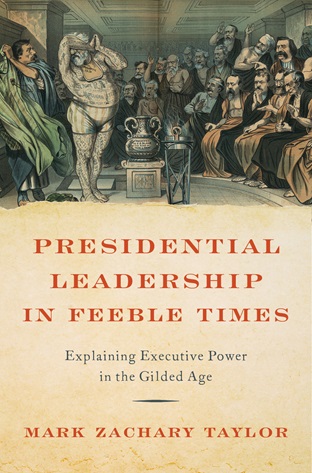Presidential Leadership in Feeble Times

|
Table of Contents 1. Introduction |
| Do presidents matter for America’s economic performance? We tend to stereotype Gilded Age presidents as weak. We also assume that the American people did not understand how the economy worked or the government’s role in it. And we generally dismiss the Gilded Age macro-economy as boring—little interesting or important happened. Instead, the micro-economics of the business world was where the action was at. More broadly, many economists and political scientists believe that individual presidents simply do not matter much, even in the 21st century. Institutional constraints and historical circumstance dictate success or failure; the White House is just along for the ride.
This book shows that all of this is mistaken! It tells the story of three decades of Gilded Age economic upheaval with a focus on presidential leadership—why did some presidents crash and burn, while others prospered? It explains how differences in presidential vision and leadership style can have dramatic consequences. It shows that, even in this unlikely period, presidents powerfully affected national economic performance and that their success came from surprising sources, with important lessons for us today. |
|